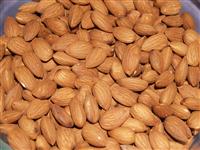
For the enthusiast or commercial grower
A detailed study on nut growing with the opportunity to specialise, to some degree, according to your interests. Eight lessons cover culture, site selection and planning, common & uncommon nut varieties, propagation, soils, pests & diseases, harvesting, & more.